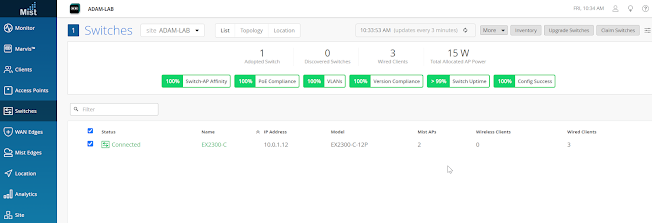Brooker Creek Headwaters Nature Preserve

Brooker Creek is a small waterway in Northwest Hillsborough and Pinellas Counties. Brooker Creek flows through two nature preserves, agricultural, and residential areas before eventually emptying into Lake Tarpon. Lake Tarpon then flows into Tampa Bay. Brooker Creek Headwaters Nature Preserve is a 1121 acre preserve located in the Keystone area of Hillsborough County. It is owned by the Southwest Florida Water Management District and operated by Hillsborough County Conservation and Environmental Lands Management Department . This preserve exists to protect the health of the headwaters of Brooker Creek and its contribution to Lake Tarpon and Lake Keystone. The preserve includes several miles on unpaved hiking paths and also contains portions of the paved Upper Tampa Bay Trail from Van Dyke Road to the Suncoast Parkway on Lutz Lake Fern Road. The headwaters consist of a chain of wetlands on the north side of Lutz Lake Fern Road (outside of the preserve boundary) and flow southwest until...

